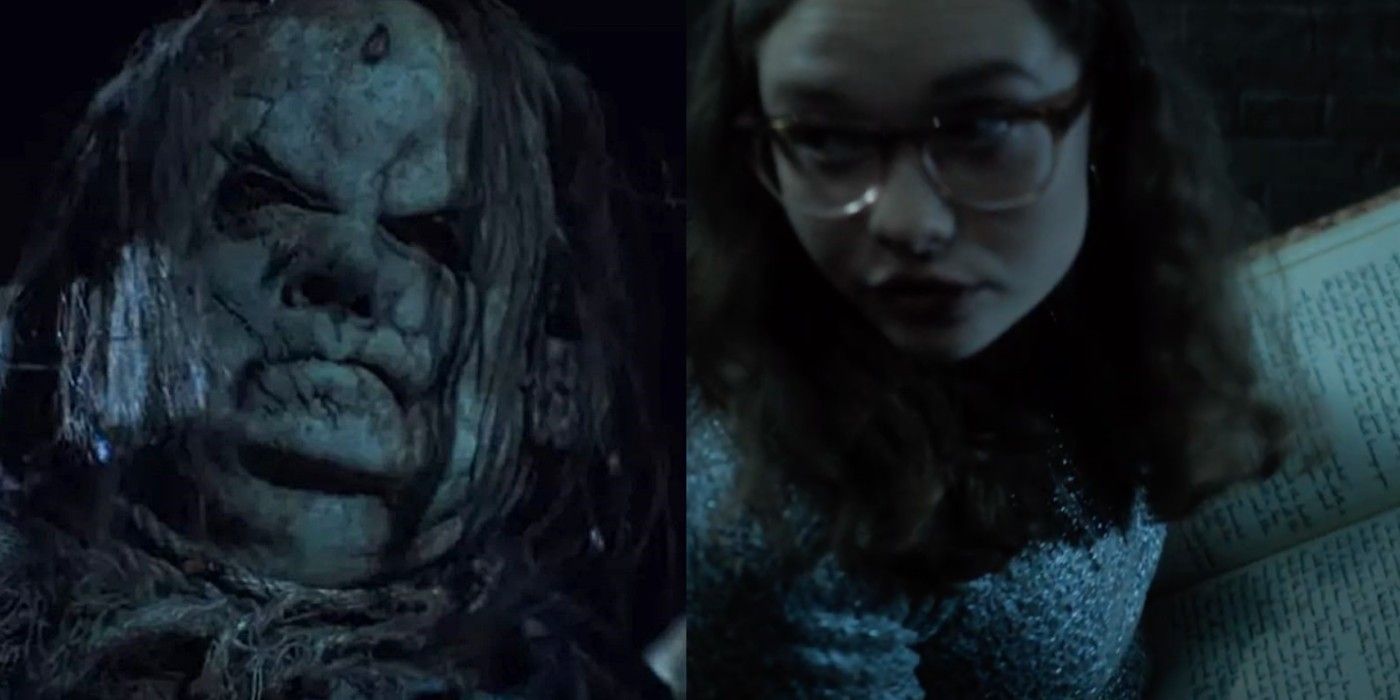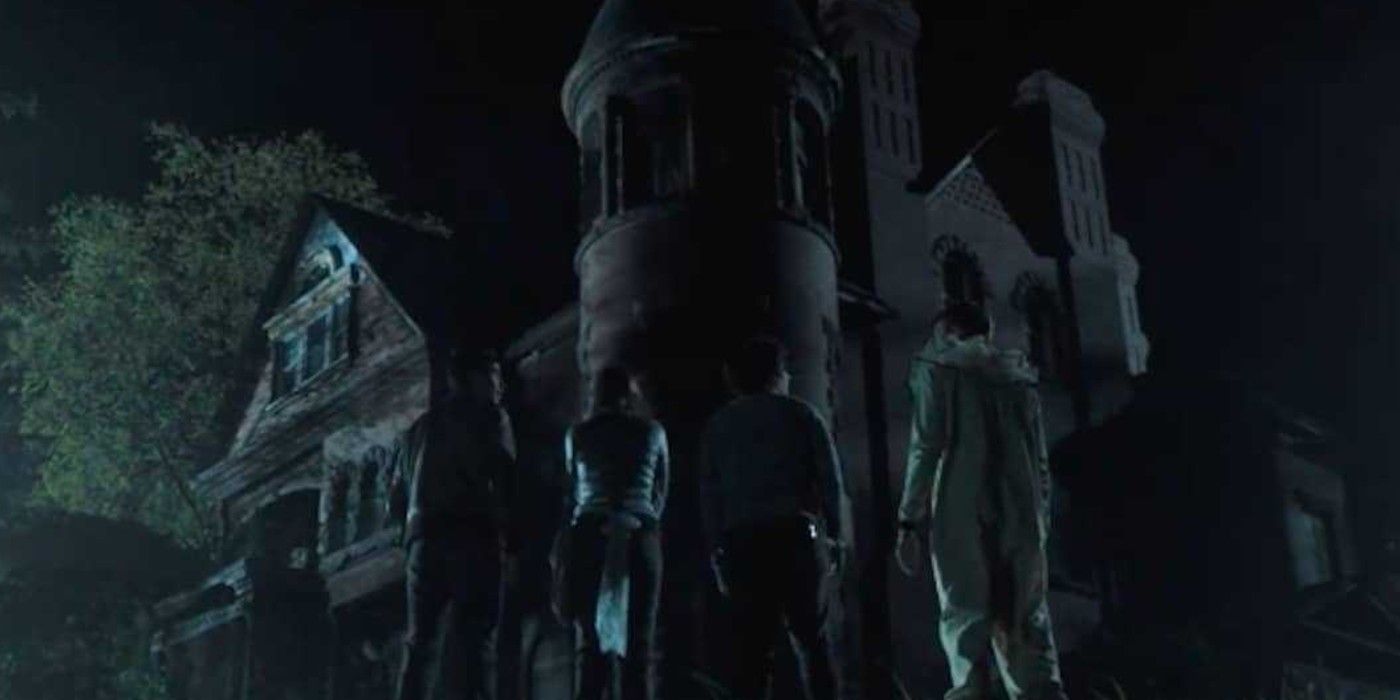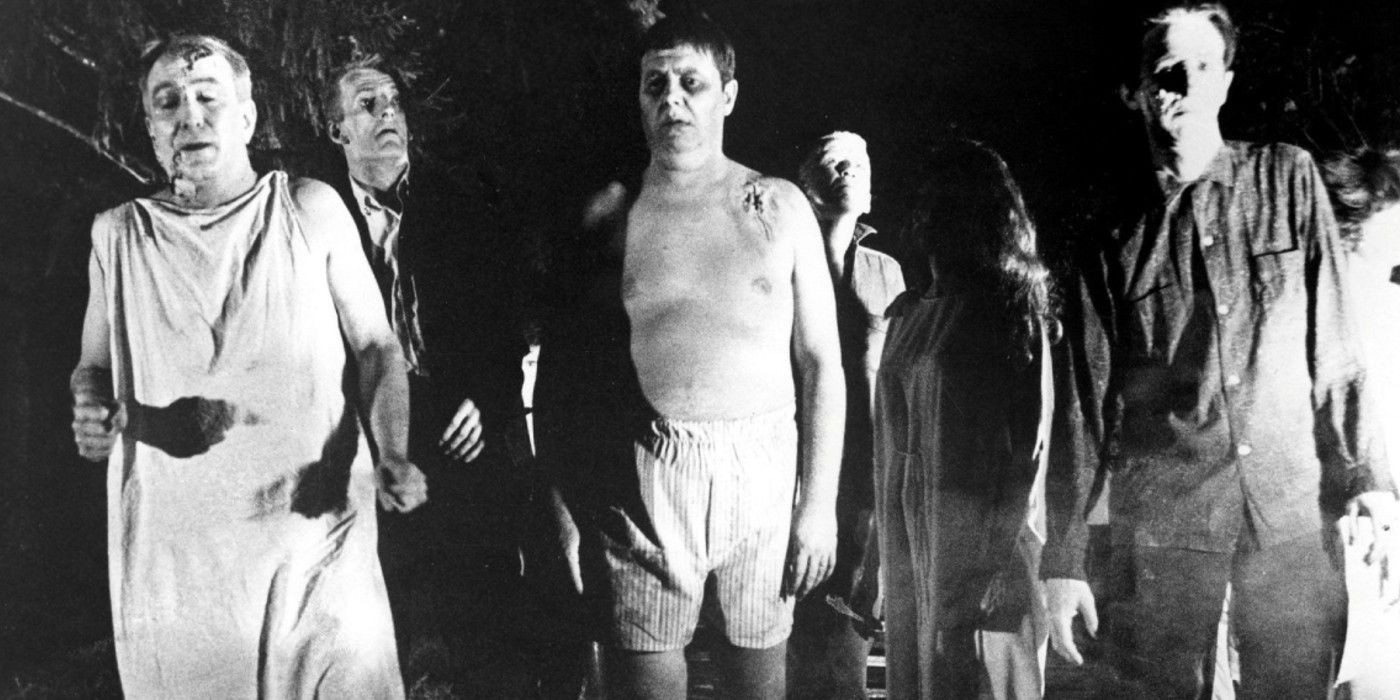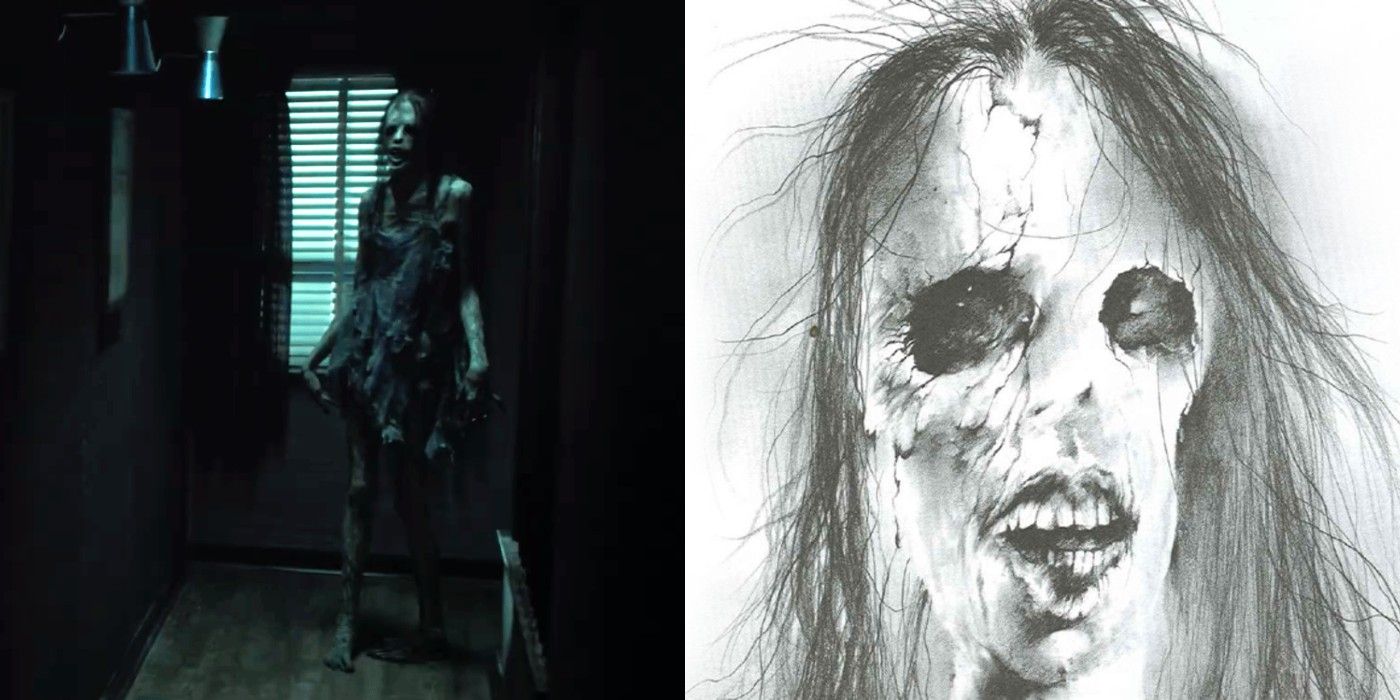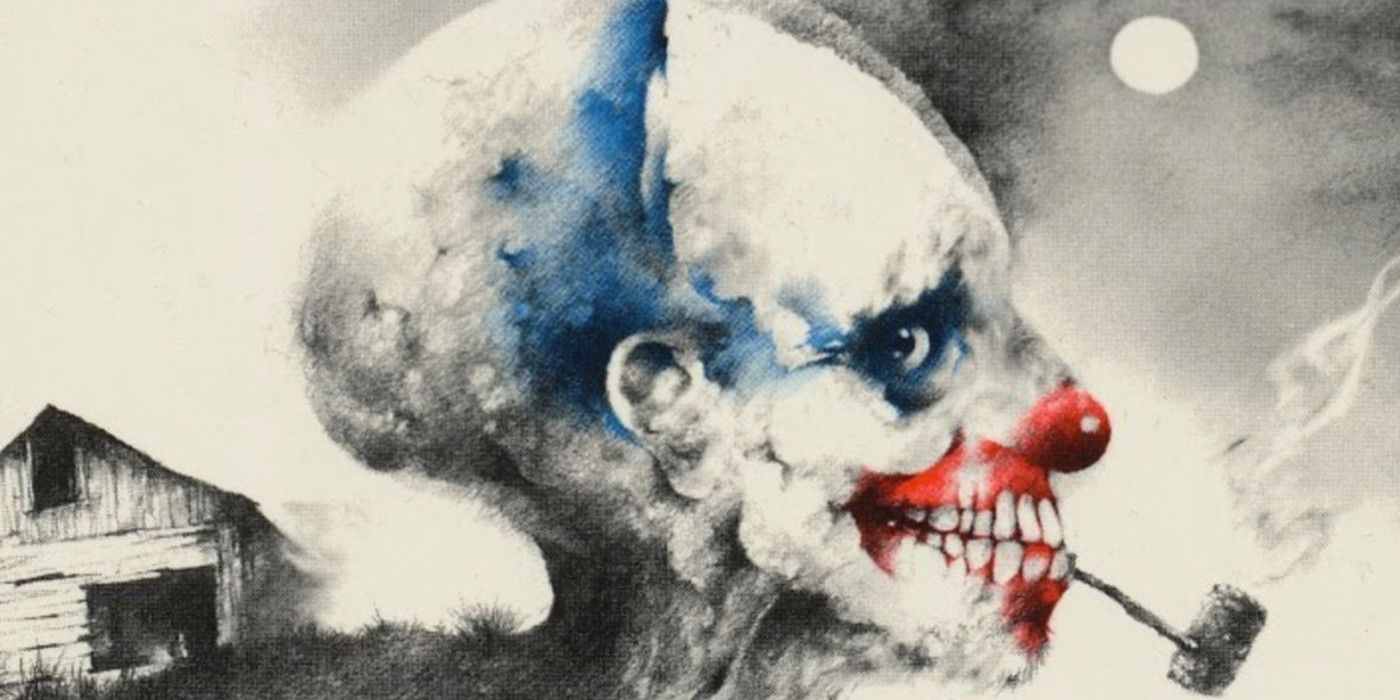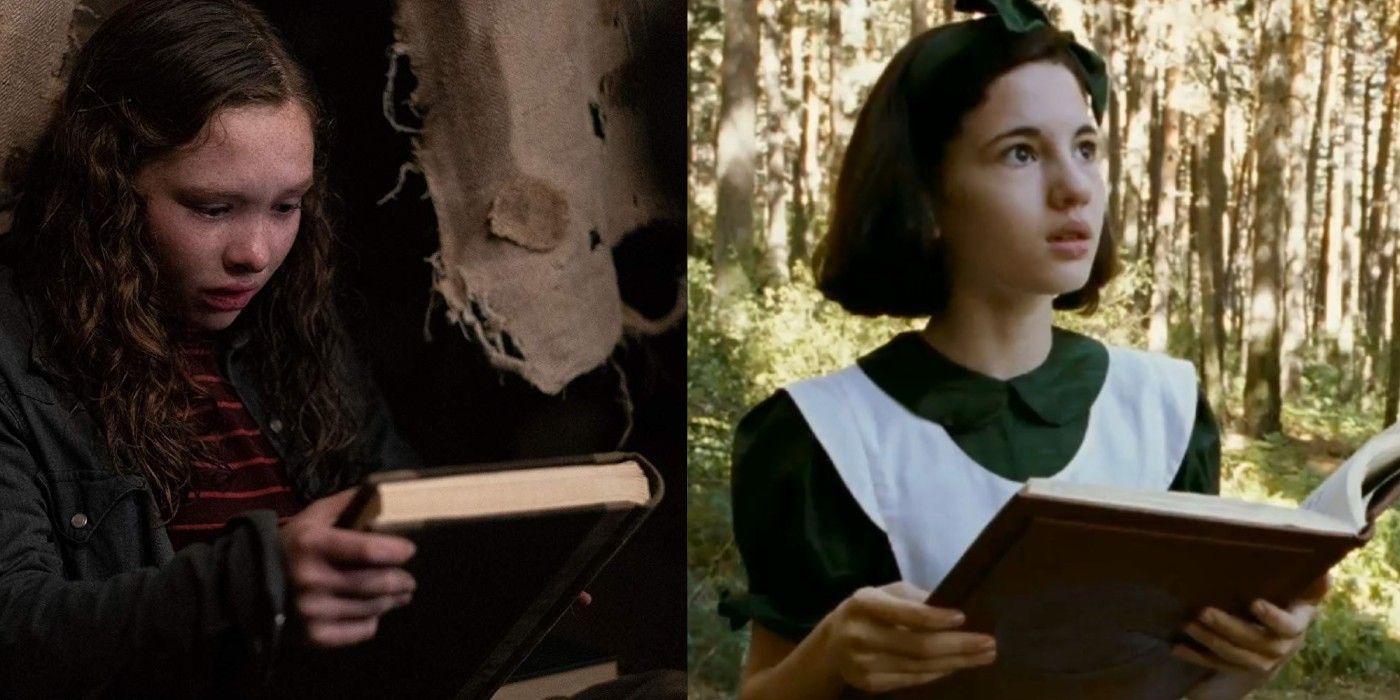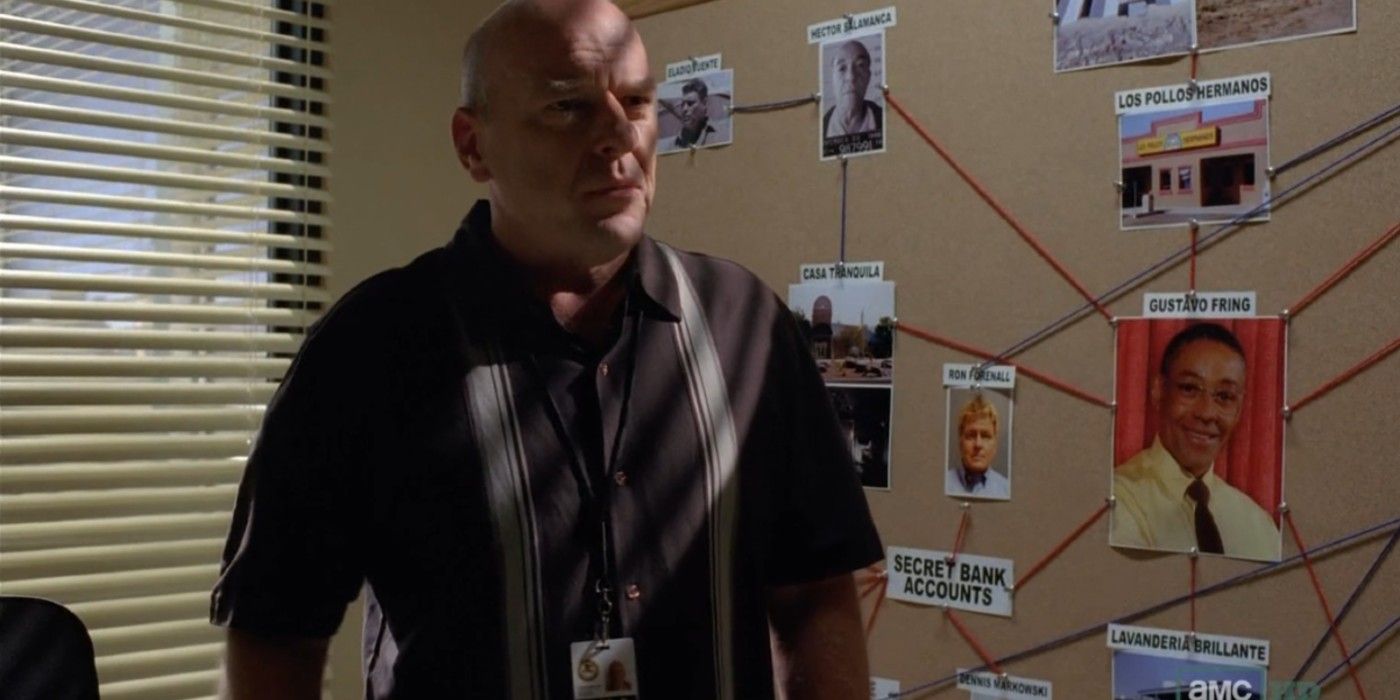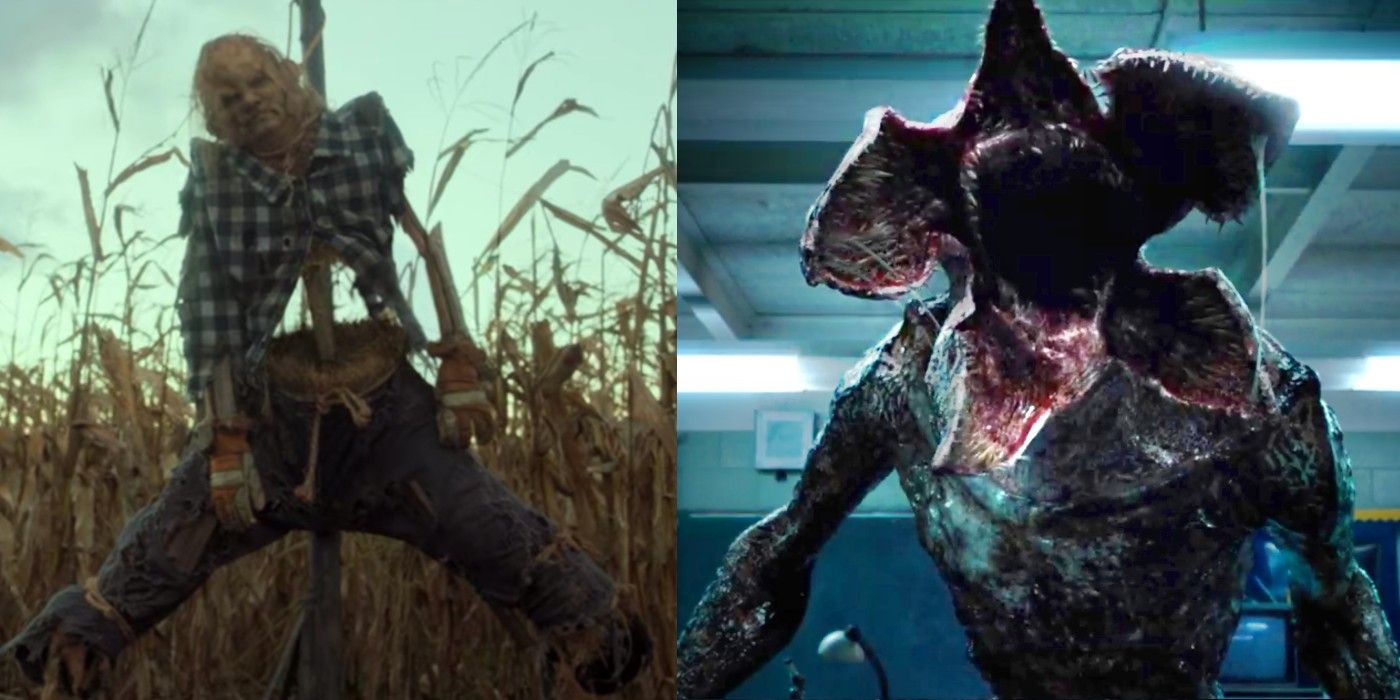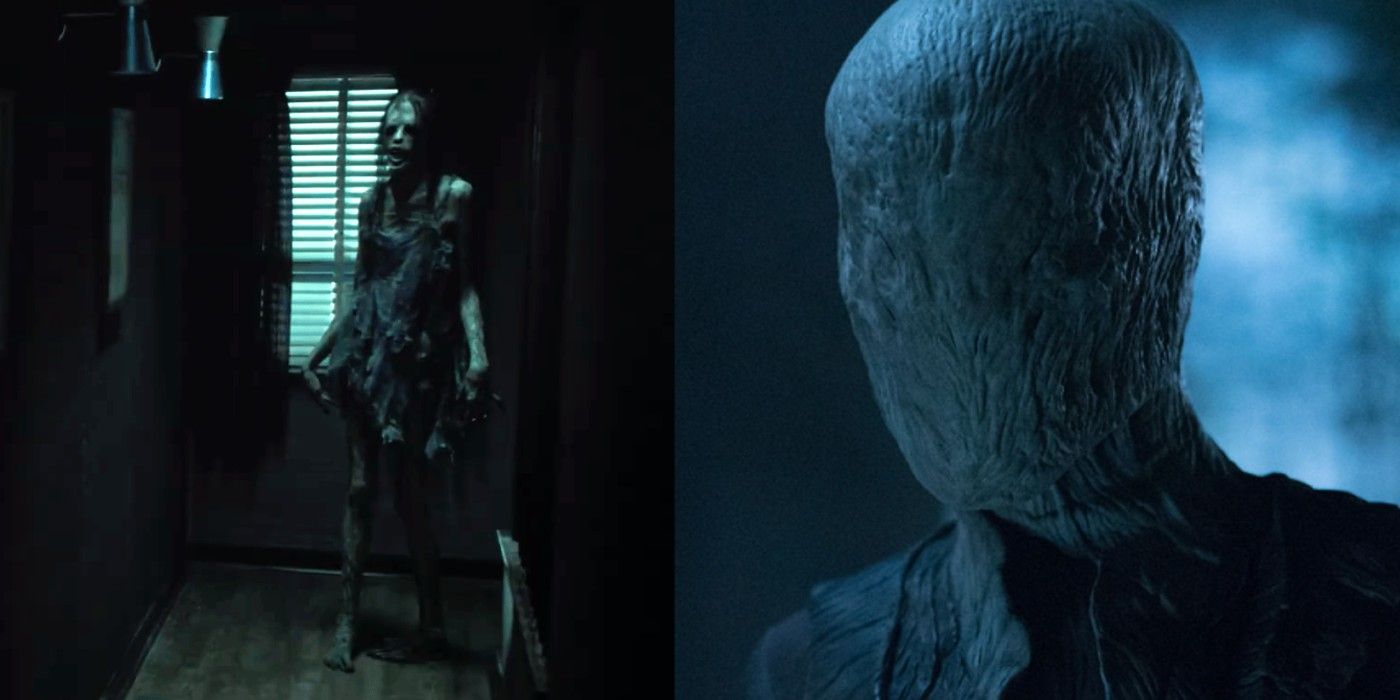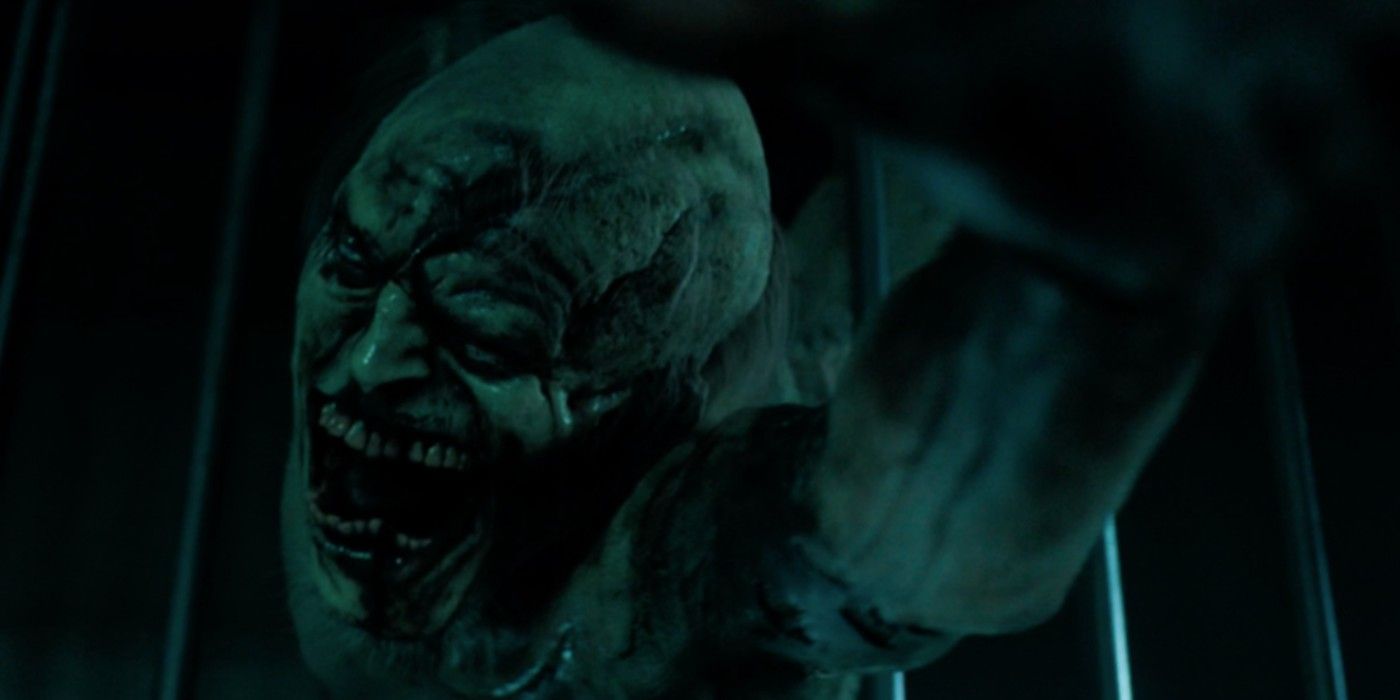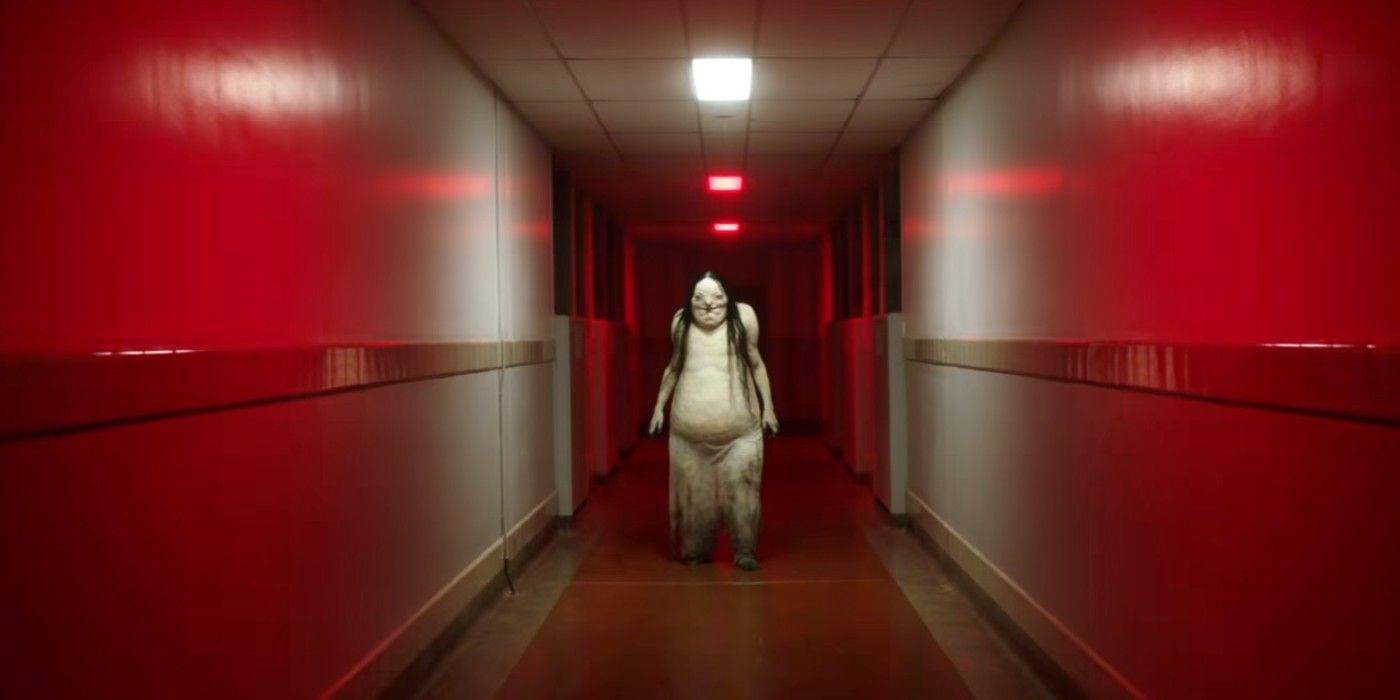Generations' worth of kids were scared and terrified by the books in the Scary Stories to Tell in the Dark series, which was an anthology of creepy tales that were perfect for a Halloween reading or a good scare. The legacy of these books was felt in this year’s adaptation, which weaves a select number of stories into a period piece set near the end of the 60s.
Directed by André Øvredal of Trollhunter and The Autopsy of Jane Doe fame, Scary Stories to Tell in the Dark is filled with references not just to its famous source material but to many other facets of the horror genre. From tributes to hidden details from the pages, here are 10 details you may have missed while watching Scary Stories to Tell in the Dark.
The Movie Features The Hearse Song
Scary Stories to Tell in the Dark has an appropriately haunting score, with each ghost getting a unique piece composed for them. A notable one is the ominous music that Sarah and Lou Lou’s music box plays, which, unlike the other tunes, is a pre-existing song.
The musical box’s song is an arrangement of The Hearse Song, which was also featured as a poem in the original books. The melancholic song, which describes what happens to a corpse in grim detail, is actually a World War I dirge commonly sung by American and British soldiers.
References to Classic Horror Movies
Set in 1968, Scary Stories to Tell in the Dark pays tribute to the horror movies of the time that defined the genre today. The most prominent homage is to George A. Romero’s Night of the Living Dead, a classic that’s featured in a drive-in theater.
Additionally, Stella is shown to be a horror nut who especially loves the horror movies released in the ‘50s. Some examples include Beast from Haunted Cave, Frankenstein’s Daughter, Indestructible Man, and Mesa of Lost Women—all of which are shown through their original posters in her room.
Stephen Gammell’s Art
Aside from the spooky stories written by Alvin Schwartz, Scary Stories to Tell in the Dark is best known for Stephen Gammell's accompanying art. To perfectly capture the books’ aura of dread, the filmmakers too great effort in bringing Gammell's haunting illustrations to life.
This is best seen through Harold and the Pale Lady, who are visually accurate to their printed counterparts. A notable change is the Big Toe woman, whose face was based on the iconic ghostly visage featured in the story The Haunted House.
The Other Stories
When Stella flips through Sarah’s book, she skips a couple of stories that were written before the events of the movie. Some of these stories can be read in the books that inspired the movie, and they’re presumably being saved for future installments.
These other stories include The Attic, Cat’s Paw, Stranger, and The Wendigo. In the movie, it’s hinted that each of these tales actually narrates the dark fates that befell each of the Bellows family’s members, who all imprisoned Sarah within the house to hide their corruption and keep their wealth.
Sarah’s Book Was Based on The One In Pan’s Labyrinth
Sarah’s book is an ancient tome that writes stories by itself, possibly possessed by her spirit or at least empowered by a supernatural presence. If the book’s function and appearance look familiar, that’s because it was inspired by the one seen in Pan’s Labyrinth.
Called The Book of Crossroads, the book is given to Ofelia by Faun. In it, Ofelia finds three tasks that she must accomplish to reclaim her title as princess of the underground fairy kingdom. Like Sarah’s book, The Book of Crossroads writes its own text although less ominously.
Stella’s Dad Is Hank Schrader
Stella’s father is Deputy Roy Nicholls, a good man who’s burdened by past mistakes and tragedies. He’s portrayed by Dean Norris, who is best known for playing Walter White’s law-abiding foil and caring brother-in-law Hank Schrader in Breaking Bad.
Ever since his career-making role as a DEA agent, Norris has been consistently cast as a figure of law enforcement. Some notable examples include his role as Col. Richard Williams in The Big Bang Theory, Det. Kevin Raines in the Death Wish remake, and the abusive Glenn Sickleman in the tonally confusing The Book of Henry.
The Demogorgon Is Harold and the Pale Lady
Both the scarecrow Harold and the Pale Lady were portrayed by stuntman/choreographer Mark Steger, who is best known for portraying the Demogorgon in Stranger Things. This would explain these ghosts’ creepy and uncanny movements, which could only be brought to life by the guy who did a good job of scaring Dungeons & Dragons-loving kids.
Steger’s other credits include the sentient art installation Hoboman in Velvet Buzzsaw, the elusive Bigfoot in The Man Who Killed Hitler and Then The Bigfoot, and a Critter in Critters: A New Binge.
Slender Man is The Big Toe Woman
The Big Toe Woman is easily recognizable for her unnatural height, which is only possible thanks to Slender Man actor Javier Botet. Botet actually has Marfan Syndrome—a rare genetic disorder that makes a patient’s body unnaturally thin and tall, which he used to make his name known in the filmmaking business.
Botet’s other famous works include three ghosts in del Toro’s Crimson Peak, the eponymous and monstrous Mama in Mama (which was produced by del Toro), and the diseased hobo in It who wants to barf on Eddie.
The Jangly Man Symbolizes War Injuries
True to his story, The Jangly Man is an amalgamation of different stories from the original books. One specific example is Me Tie Dought-ty Walker, which features a talking severed head.
According to the filmmakers, The Jangly Man was meant to be a horrific mess of dismembered limbs, metaphorically representing those severely disfigured by the Vietnam War. Since the filmmakers wanted to limit the CGI, The Jangly Man instead had a regular pair of arms and legs that twisted in ways they shouldn’t. The Jangly Man is portrayed by real-life contortionist Troy Jones, who famously joined America’s Got Talent.
The Asylum Is A Real Place
Desperate for answers, Stella and her friends go to the Pennhurst Hospital to find out what really happened to Sarah. The hospital where Chuck disappears isn’t just a haunting set-piece in the movie, but a real one as well.
The real Pennhurst State School and Hospital was a controversial asylum in Pennsylvania. It was closed in 1987 after the staffs’ abusive behavior was exposed, but not before its history of eugenics, segregation, and other inhumane practices were made public. Today, some buildings have been torn down, while most of it remains open as a haunted house exhibit for tourists.

